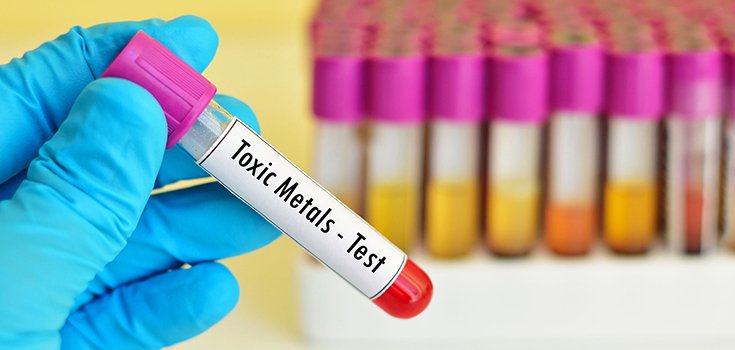FDA Looks to Limit Lead in Cosmetic Products

The FDA released draft guidelines on December 21 aimed at regulating lead levels in cosmetic products. [1]
The agency is recommending a maximum lead level of 10 parts per million (ppm) in certain cosmetics, including lipstick, lip gloss, eye shadow, blush, and body lotion. The recommendations do not apply to “topically applied products” that are drugs or hair dyes.
The agency wrote:
“We consider the recommended maximum lead level to be achievable with the use of good manufacturing practices and to be consistent with the 10 ppm maximum lead level for similar products recommended by other countries.”
According to the FDA, lead can appear as an impurity in cosmetic ingredients due to its “background presence” in the environment in which it is produced.
The health regulator went on to say:
“In our surveys, which do not necessarily reflect the full range of products that are currently on the market, a small number of samples had lead levels that exceed the maximum level we are recommending.
Our goal is to ensure that cosmetic lip products and externally applied cosmetics do not contain lead as an impurity at levels that would pose a health risk.”
Read: Investigation: Lipsticks and Other Cosmetics Carry Toxic Risks for Women and Unborn Babies
The FDA said it had analyzed 685 cosmetic products and found that more than 99% of them contained lead levels that were at or below the agency’s 10 ppm recommended maximum level for lead. It began testing the products after the Campaign for Safe Cosmetics tested lipstick and discovered lead in them in 2007. [2]

The agency said:
“The FDA posted the results of its surveys of lipsticks in 2009 and 2011, and today is posting the additional results for cosmetic lip products and from the testing of externally applied cosmetics.
Based on our surveys we determined that manufacturers are capable of limiting lead content in cosmetic products to 10 ppm or less if they are careful about selecting their ingredients and follow good manufacturing practices.”
It added that the majority of the products it tested had 1 ppm on average.
Most of the cosmetics that meet the maximum recommended lead level would not pose a human health risk, the agency said, and added that it is not asking buyers to change how they currently use cosmetic products.
These are merely recommendations, however, not enforceable laws. Still, the FDA said it “is prepared to take enforcement action against any cosmetic lip product or externally applied cosmetic containing lead at levels that may harm” buyers.
There will be a 30-day comment period before the guidance goes into effect.
Read: 400 Popular Lipstick Shades Found to Contain Lead
Lead can affect every organ and system in the body when it accumulates over time. There is so safe level of lead, but the FDA believes that below 10 ppm, cosmetics absorbed through the skin or swallowed when licked off of the lips will not cause detectable levels of lead in the blood. [3]
Sources:
[1] Time
[2] NBC News
[3] WTKR
